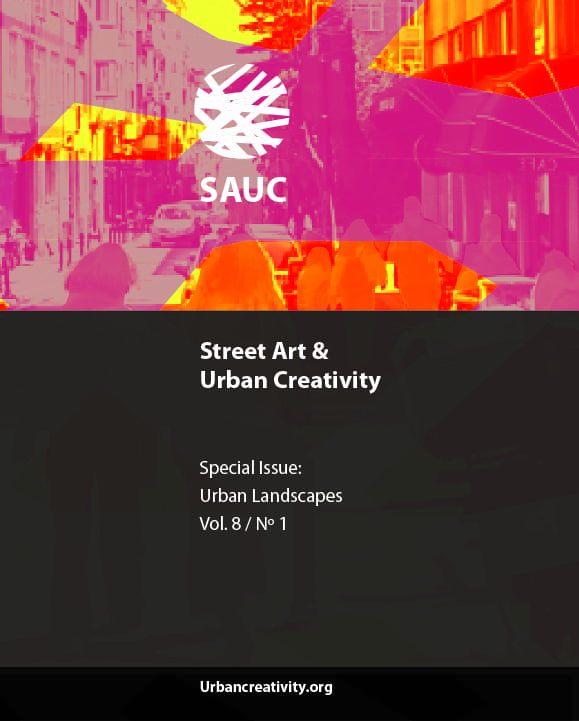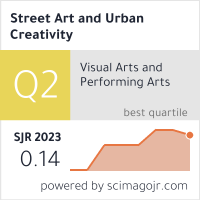An Investigation of Urban Equipment Design in the Historical Environment based on Hagia Sophia - Sultan Ahmed Square Example
DOI:
https://doi.org/10.25765/sauc.v8i1.583Palabras clave:
historic environment; urban equipment elements; industrial product design; harmony criteriaResumen
Historical environment requires a respectful act of conservation with a view to sustain cultural heritage. The increasing trend of continuous change in cities is associated with emergent requirements in physical, economic, and socio-cultural fields. There is an ongoing quest for solutions in the fields of architecture and urban planning aimed to accommodate the ever-changing conditions. Nevertheless, despite the projects at city and building scale, the same are uncontrolled or inadequate at the detail scale. Therefore, approaches adopted in the industrial product design level may fall outside the scope of the conservation project in historical environments. The use of urban furniture is required in the public squares in historical environments. However, these products may be in disharmony with their historical environment and have an appearance that harms the urban culture. In case negligent installation techniques are used for the equipment element, this may lead to destruction of the historical environment and hinder the sustainability of cultural values. The "urban equipment element" term was adopted for the general definition of the objects, products, elements, equipment, units, and modules investigated within the scope of the study. The present article aimed to investigate the criteria that could ensure that urban equipment elements were in harmony with the historical environment and help with conserving cultural heritage. The design and classification criteria of urban equipment elements were investigated within the framework of the integrity and harmony of the historical city. For the purposes of the field study, the criteria associated with the functional type, user type, assembly technique, duration of use, infrastructure use along with visual relationship (form-color-tissue-material) in interaction with historical environment, and experiential relationship with environment in the scope of the historical vicinity of Hagia Sophia and Sultan Ahmed Square were analyzed. It was concluded as a result of the that urban equipment elements in historical environments should be designed in an original appearance in harmony with cultural heritage in relation to each other; thus, cultural sharing and transfer might also benefit from experiential relationship with the historical environment; and furthermore, combining multiple functions in urban equipment elements would eliminate visual chaos in the historical environment, contributing to visual harmony.
Descargas
Estadísticas globales ℹ️
|
183
Visualizaciones
|
47
Descargas
|
|
230
Total
|
|
Descargas
Publicado
Cómo citar
Número
Sección
Licencia
Los autores/as que publiquen en esta revista aceptan las siguientes condiciones:
- Los autores/as conservan los derechos de autor.
- Los autores/as ceden a la revista el derecho de la primera publicación. La revista también posee los derechos de edición.
- Todos los contenidos publicados se regulan mediante una Licencia Atribución/Reconocimiento-SinDerivados 4.0 Internacional. Acceda a la versión informativa y texto legal de la licencia. En virtud de ello, se permite a terceros utilizar lo publicado siempre que mencionen la autoría del trabajo y a la primera publicación en esta revista. Si transforma el material, no podrá distribuir el trabajo modificado.
- Los autores/as pueden realizar otros acuerdos contractuales independientes y adicionales para la distribución no exclusiva de la versión del artículo publicado en esta revista (p. ej., incluirlo en un repositorio institucional o publicarlo en un libro) siempre que indiquen claramente que el trabajo se publicó por primera vez en esta revista.
- Se permite y recomienda a los autores/as a publicar su trabajo en Internet (por ejemplo en páginas institucionales o personales), una vez publicado en la revista y citando a la misma ya que puede conducir a intercambios productivos y a una mayor y más rápida difusión del trabajo publicado (vea The Effect of Open Access).













